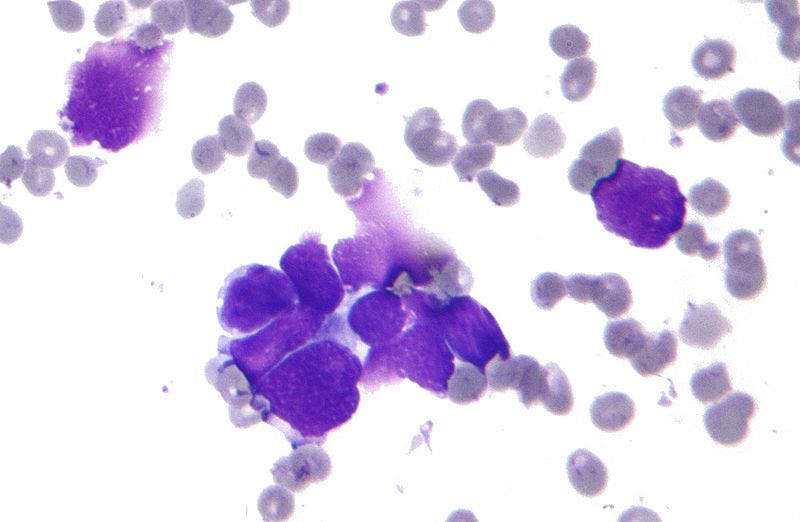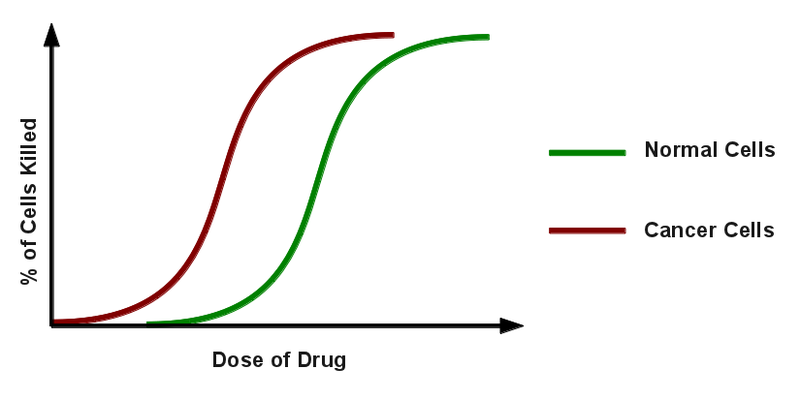Unraveling How Certain Cancer Cells Evade Chemotherapy
Written on
Chapter 1: Understanding Cancer Resistance
Cancer arises when normal cellular growth regulations fail, leading to uncontrolled cell division due to specific mutations. This unchecked proliferation is a significant global health issue, as cancer stands as the second leading cause of mortality worldwide.
Despite advancements in cancer diagnosis and treatment, the battle against this disease is ongoing. We now leverage knowledge from diverse fields, including genetics, ecology, machine learning, and physics, to enhance our strategies in combating cancer.

Section 1.1: The Challenge of Chemotherapy
Current cancer treatments often involve aggressive methods, such as radiation and chemical agents, aimed at destroying cancer cells while sparing healthy tissues. However, chemotherapy remains a primary treatment option, with ongoing improvements in drug formulations, combinations, and administration protocols.
Despite these advancements, some cancer cells develop resistance to chemotherapy, leading to recurrence. This phenomenon can be attributed to a subset of cells, known as persister cells, which can enter a dormant state during treatment. These 'sleeping' cells can evade the effects of chemotherapy and may acquire resistance through various genetic and non-genetic mechanisms.
Section 1.2: Insights from Recent Research
A recent study sheds light on the mechanisms behind the persistence of these resistant cells. Researchers examined human lung cancer cells cultured in Petri dishes treated with the chemotherapy drug osimertinib. They discovered that approximately 8% of the cell lineages developed into persister cells, with 13% of these remaining active.
To understand the differences between sleeping and active persister cells, the scientists created a sophisticated tracking system named Watermelon. This system allows researchers to trace the lineage of cancer cells, their proliferation status, and the expression of specific genes over time.

Subsection 1.2.1: Mechanisms of Persistence
By employing the Watermelon system, researchers observed several key findings:
- Distinct Lineages: The dormant and active persister cells originated from different lineages, indicating a complex family tree.
- Antioxidant Production: Active persisters increased antioxidant production and levels of NRF2, a protein that guards against oxidative damage caused by osimertinib.
- Metabolic Changes: The active persisters exhibited elevated rates of fatty acid oxidation, suggesting a metabolic adaptation that supports their growth.
These findings were further validated across various cancer types, including melanoma, lung, breast, and colorectal cancers, and confirmed in a mouse model of lung cancer.
In a subsequent experiment, scientists utilized etomoxir, a drug that inhibits fatty acid oxidation, which resulted in a reduction in both the total number of persister cells and those that remained active during treatment.
Chapter 2: Implications for Future Treatments
The insights gained from this research provide a deeper understanding of the factors contributing to cancer cell persistence. By identifying the characteristics that influence relapse timing, we move closer to developing therapies aimed at preventing disease recurrence.
As we continue to uncover the complexities of cancer, the hope is to turn the tide against these resilient cells, leading to more effective treatment strategies.
Persist no more.